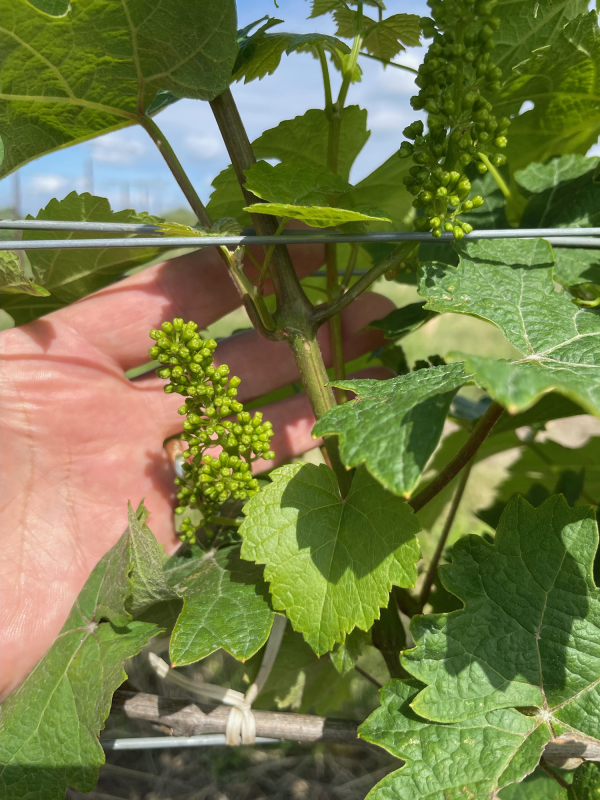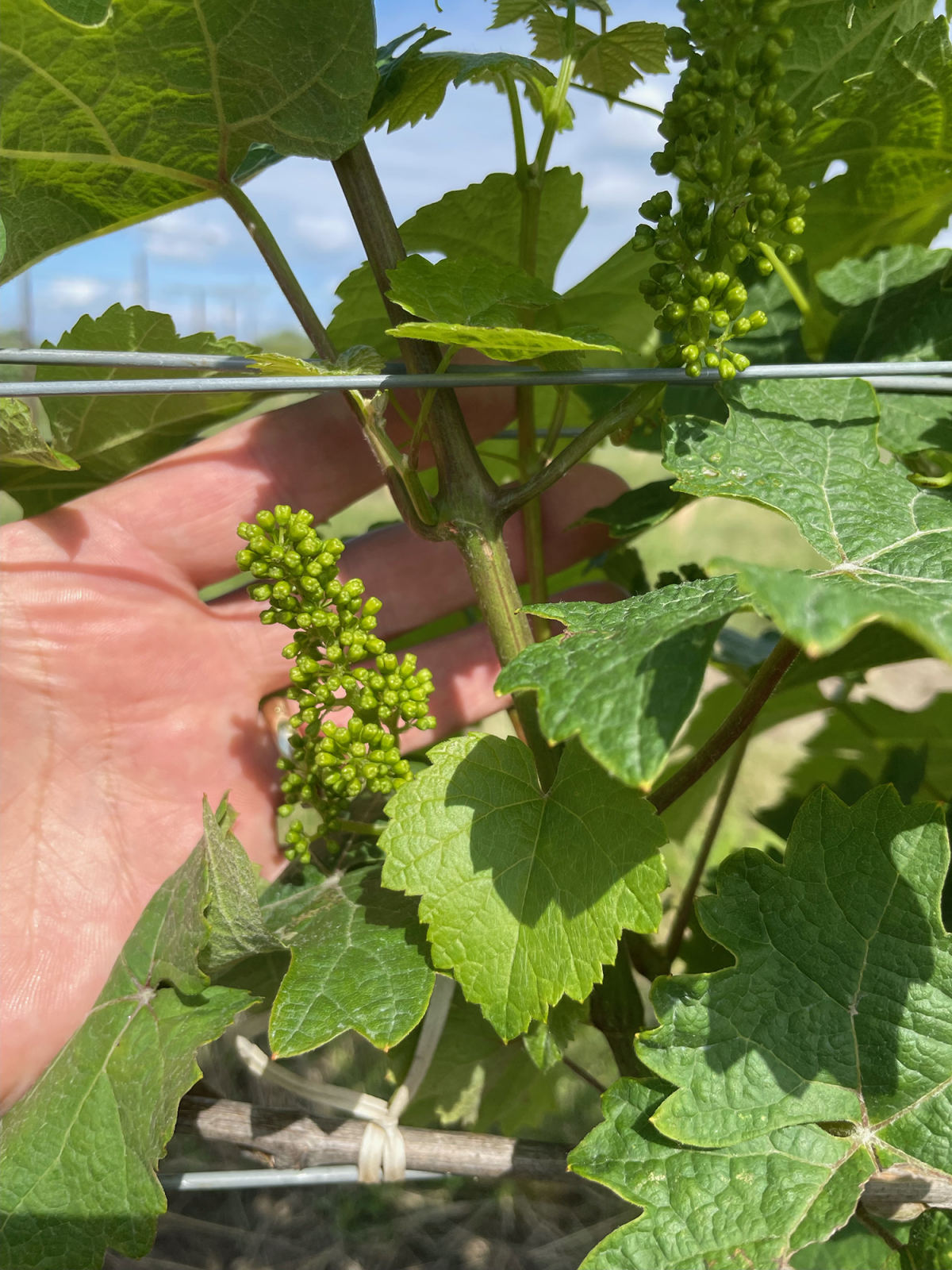Just as there are no spaghetti trees in Italy – or money trees anywhere – bottles of wine are not produced directly off the vine. Wine growing, or growing wine, refers to the fact that growing grapes to make wine is ideally an unified and holistic process. In a world where there seems to be an increasing amount of niche specialities, we have to wonder if this is also true in the wine industry. Has the viticulture, or vineyard side of things, become too separate from the wine/bottle side?

As in so many instances, there is a bit of both yes and no to this answer. Often in the world of grapes and wine, we have separated the production flow into 2 processes, that of growing grapes and that of making the wine. One is a farm, the other a processing and marketing endeavour. In fact, in Ontario, the division between grape growing and winemaking has been institutionalized through a variety of organizations for many decades.
Our Ontario institutions have often and unfortunately polarized this relationship between growing grapes and making wine, a relationship that should be seamless and complimentary, but competing interests often cause disharmony. For grape growing farmers we have the Grape Growers of Ontario (GGO). Wending Home Vineyards is a member of this organization as are all winery-owned and associated vineyards. But wineries/processors of the grapes are in a conflict of interest regarding grape prices, so are not allowed on the negotiating groups for the GGO.
The winery organizations are now fractured even between themselves, with two main organizations, the Craft Wineries of Ontario (CWO), which we at Wending Home belong to, and the Wine Growers of Ontario (WGO). In general terms, the CWO is generally for small wineries producing mainly VQA – 100% Ontario grown wines. While the WGO is for large wineries. Many of these large wineries and WGO members are also heavily involved in creating Import and Domestic wine Blends (IDB) that are a huge part of the wine market in Ontario – but only use (typically) the minimum 25% Ontario grown content, and generally the least expensive grapes that they are allowed to use. The rest coming in sea-containers as bulk wine shipped from other countries where the wine is cheap. This particular aspect of “Ontario” winemaking is especially aggravating to me. There are years like last year in 2023, when Ontario grown grapes were in surplus, with thousands of Tonnes going to waste and not being purchased (even after the very low crop of 2022). Yet the Ontario authorities still allow a select group of large wineries to import cheap wines to dominate our market while only the fine print identifies these as what they are. Many consumers remain unaware that these are not 100% Ontario wines.
The idea of “growing” the wines in the case of IDB wines, could not be further from the truth. With grapes and wine grown a continent away and purchased for a fraction of the price of Ontario grown, there is nothing about these wines that indicates a unified, complimentary and integral home-grown approach.
The organizations I have mentioned so far are not the only ones with a major role in the grape and wine industry. Add the OWAA (Ontario Wine Appellation Authority) that runs our VQA (Vintners Quality Alliance) group, where wine standards are established and is essentially the audit system for all wineries. There is also the national organization, the Canadian Wine Institute. Government has a large hand in the business of grapes and wine through the Alcohol and Gaming Corporation of Ontario (AGCO) for licenses and many other organizations including the LCBO. When combined government and industry groups, we have a particularly “spicey stew” that rarely moves in one direction – although attempts at a unified front do sometimes exist. The Wine Marketing Association of Ontario (WMAO) tries to thread the needle with promotional campaigns like this one: Pleased to Meet You
That bubbling pot of competing interests and politics is one of the main problems with our industry as I see it. We are splintered and fragmented to a point of specializations, which the end goal is too often lost or at least diluted in message, impact, and positive effect for our industry.
But here is my push-back against the bureaucratic maze that we live in as wineries of Ontario. Most of the universally acknowledged high quality wines around the world are combined operations, or vertically integrated, with the vineyard and winemaking under the same management. Beyond the political sausage making that I describe above, why would we integrate the actual operations and management of grapes and wine?
Our reasoning is because to us, both the grape grower and winemaker have some of the same goals. For example, healthy grapes, harvested at peak ripeness, to make great wines. Quality must be determined by a fine balance and understanding between the needs and condition of the vines and the needs of the winemaker. This is most effectively achieved by commanding grape growing and winemaking as one process. That is “Wine Growing”. As we often do in this business, we borrow some of our most descriptive terms from French. In this case the word “vigneron” describes both a fine winemaker and someone who grows grapes for high quality wine production.
At Wending Home we are Wine Growers or Vignerons. But even though I have been in the business for almost 40 years, I am still learning. Just this week I did my first grape hoeing to keep the vineyards free of weeds and grass around the vines. Keeping it fun on a tractor!


